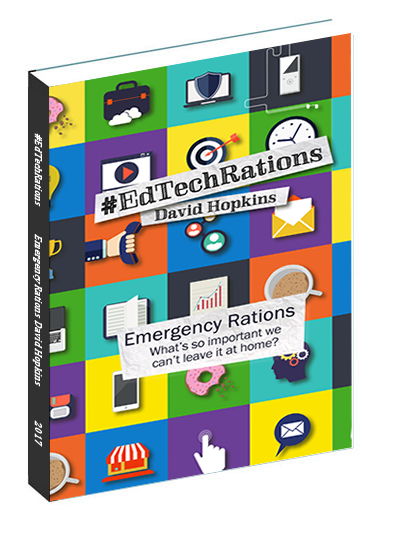CMALT: (2B) Teaching & Learning
“Candidates should demonstrate their understanding of and engagement with teaching, learning and assessment processes. ‘Engagement’ may include using understanding to inform the development, adaptation or application of technology.”
2B: An understanding of your target learners
“Statements should show how you have found out about learners’ needs and the context for their studies, and how you have developed inclusive, accessible and learner-centred approaches that reflect this. Evidence might include a description of how assistive technologies have been used to support disabled students, how learner feedback has influenced the design of an e-portfolio, how the needs of work-based learners or overseas students have shaped the curriculum, or records of conversations with product analysts, marketing departments or course teams and the resulting plans for your design. Evidence of changed practice, rather than simply the recognition that this is an important area, is required.”
As I mentioned in the last section, I completed the Post Graduate Certificate in Education Practice at Bournemouth University (see Supporting Evidence item 1) in 2011, also gaining Fellow status with the Higher Education Academy (see Supporting Evidence item 2). I consider this a great honour as I believe I have been able to show my abilities to an academic panel and gain their recognition for it.
To support this section of the CMALT portfolio I want to include a case study for one of the assignments I completed for this PG Cert course and is called “Preparing students to study in a fully online environment through a series of carefully implemented Induction Activities” (see Supporting Evidence item 3), which was written about the work I did to support both staff and students on the fully-online undergraduate BA (Hons) International Business and Management (BIBM) degree. The Induction programme was an on-going project which was reviewed after each cohort. Utilising the teams experience of the Induction, and that of the student’s feedback, the review may conclude that modifications are required and, if so, a timetable of work is specified and updates or new activities devised.
The work I did for this programme, and specifically the Induction Activities, was key to enable the students to use the VLE and to communicate with the programme team as well as each other. These students differed from typical undergraduate students in that they are often ‘mature’ (over the age of 25) and nearly always in full-time employment. Indeed a proportion of the students were serving Forces personnel and can have their studies interrupted by overseas deployment. Therefore it is critical that the Induction Activities were seen as informative and efficient ways to encourage online engagement and collaboration and prepare the students for the type of work they will encounter during their studies.
The Induction Activities changed over the year as we found new techniques to introduce a collaborative way of learning, as well as the changing tools available through the Institutional VLE (based on the Blackboard Learn environment, known as ‘myBU’). As the students were not able to access these materials until they completed registration process I developed a pre-induction website (see Supporting Evidence item 4) where they could read about the programme as well as seeing what the activities they would eventually engage with.
The case study for the PG Cert course (see Supporting Evidence item 3) enabled me to “demonstrate an understanding of the learning outcomes for the Induction programme, and critically analyse the pedagogical practice of the activities” based on the “approach and style the Induction materials take with a view to the student profile; how they come to their study, technology and resources, background, reason for study, etc”.
Much of the work I did for this assignment made it into the Induction programme. The Induction programme should be considered ‘work-in-progress’ as re-visits and student feedbackof the effectiveness of the activities enabled us to keep it fresh and working.
Supporting Evidence:
- Scanned PG Cert Certificate (PDF download)
- Scanned FHEA Certificate (PDF download)
- Preparing students to study in a fully online environment through a series of carefully implemented Induction Activities
- BIBM Pre-arrival / pre-induction website (link broken)
Portfolio pages:
- 1A. An understanding of the constraints and benefits of different technology
- 1B. Technical knowledge and ability in the use of learning technology
- 1C. Supporting the deployment of learning technologies
- 2A. An understanding of teaching, learning and/or assessment processes
- 2B. An understanding of your target learners
- 3A. Wider context
- 4A. Communications
- 5. Specialism
- 6. Future plans
- 2017: Review


















